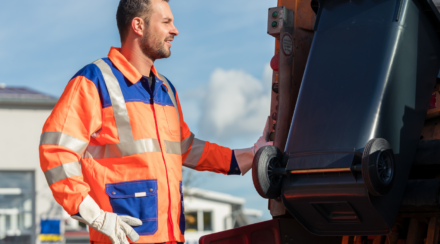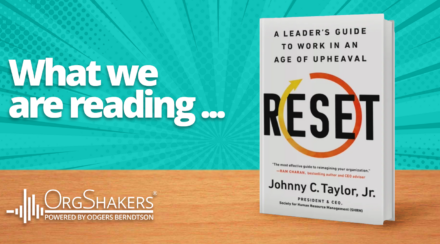Menu
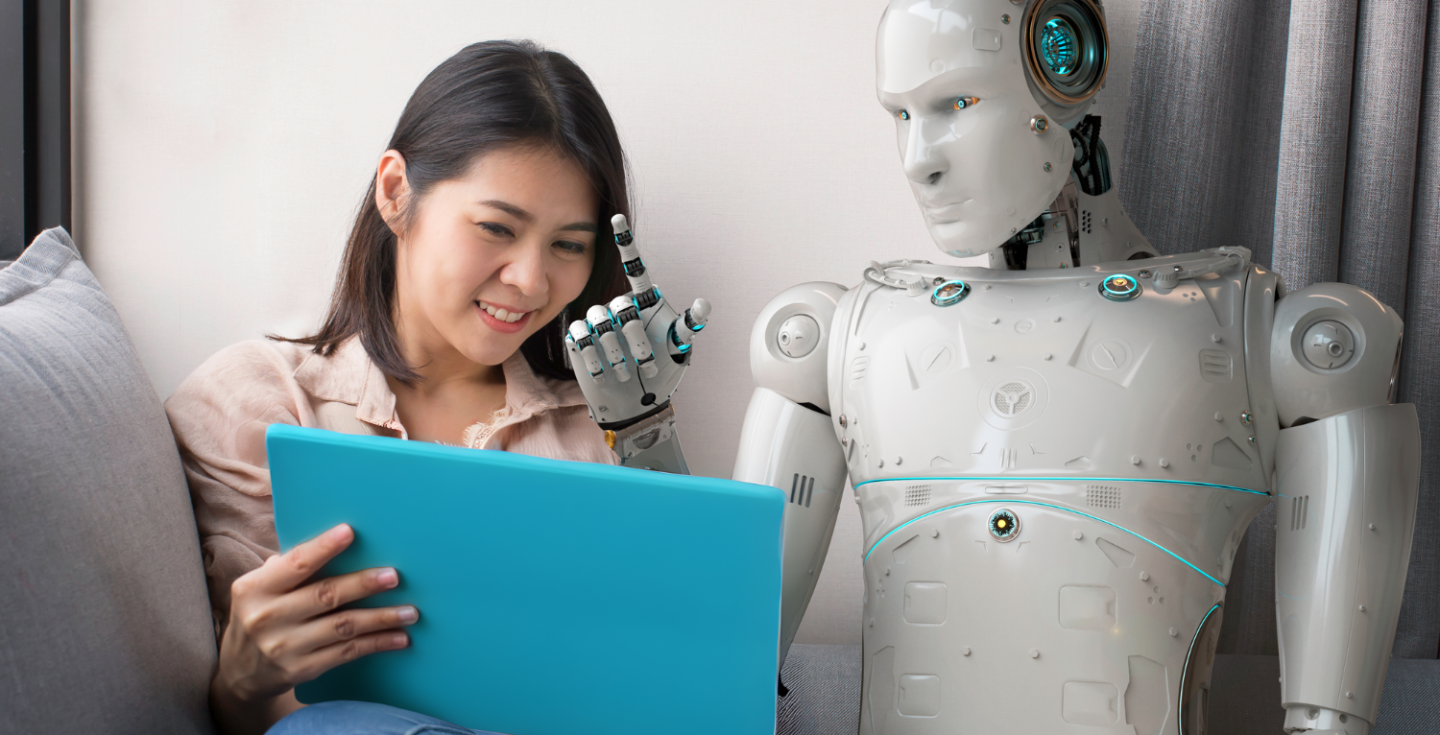
Fundamental Shifts in HR: Part 2, Humans and Technology
After discussing the world of HR consulting with Sarah Hamilton-Gill on her podcast, Leap Into HR Consulting, we moved onto looking at the four fundamental shifts that I predict we will be seeing in the near future that HR professionals need to be preparing themselves for.
The first shift was the Workforce Cliff, and the second is the relationship between humans and technology.
There has been a lot of scaremongering in the media about the effects that AI integration will have on jobs – the most notable statistic being that 300 million jobs are predicted to be lost in American and European markets, according to a report from Goldman Sachs.
However, if you dig a little deeper into this report, you discover that the authors predict that just 7% of current US employment will be fully substituted by AI, with 30% being unaffected, and 68% being complimented by its introduction.
If we take a stroll back through history, there have been many instances where workplace automation has actually resulted in either the creation of new roles or the technology becoming ‘co-workers’ with us.
A great example of technology as ‘co-workers’ is the introduction of the ATM (automated teller machines) in the US in the late 1960s. While the initial objective was to replace bank tellers and reduce the real estate needed for bank branches, the graph below highlights how, in fact, the opposite happened:
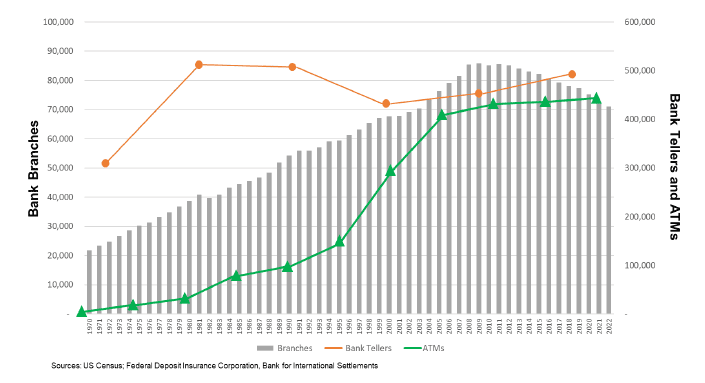
As the number of ATMs increased, so did the number of branches being opened, and the number of bank tellers. The key to this relationship being successful was employees understanding how to work with this new technology in order to deliver greater efficiency and better customer service (e.g.: the ATMs handled the basic transactions freeing up the bank tellers to deliver higher-value customer services).
As organizations introduce AI into the workplace, HR will play a pivotal role supporting these new co-worker relationships. As Melissa Swift describes in her book Work Here Now, HR will be ‘couples counsellors’ for humans and technology, coaching employees on how to successfully interact with newly integrated tech in order to optimize its (and their) abilities.
As AI has the potential to become a disruptive force within organizations – changing their structures, workflows, and processes – HR will be responsible for ensuring these changes are implemented in a way which maintains employee morale and productivity, and which secures a pipeline of future talent through enhancing a company’s reputation.
By acting as a pillar of this newly found co-existence with expanding technology, HR professionals will demonstrate how AI tools can help employees become their best selves. This will happen through nudging them to learn new behaviors, correct old habits, enhance key skills, and free up their time for more meaningful work as it can perform the more admin-based tasks.
As we continue to watch AI integration in the workplace take shape, it is important for HR to get ahead of this curve and be proactive when it comes to managing the impacts of this new technological age. If you would like to discuss how OrgShakers can help you do this, please get in touch with me at david@orgshakers.com
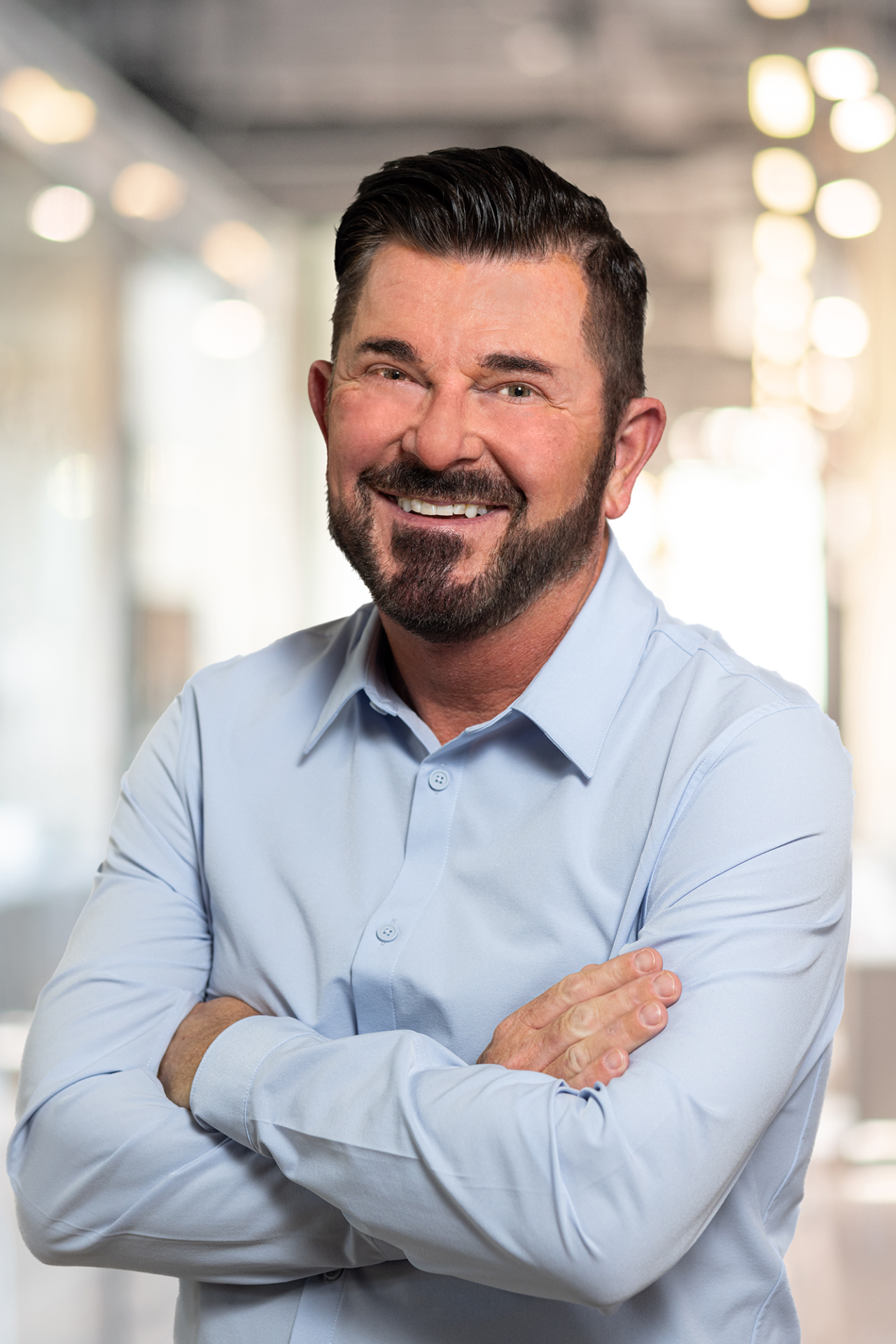
David Fairhurst is the Founder of OrgShakers. He is widely considered to be one of the world’s leading HR practitioners and is a respected thought leader, business communicator, and government advisor.

